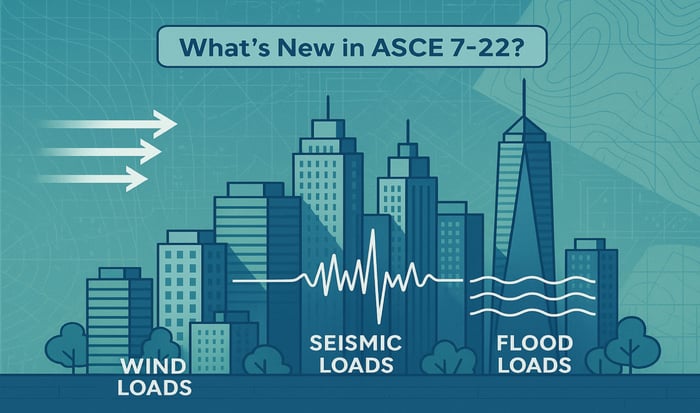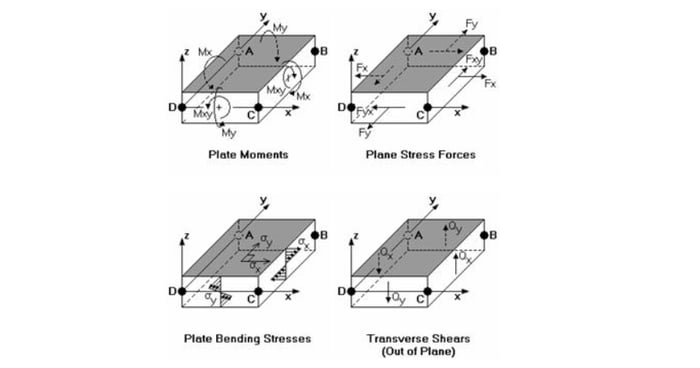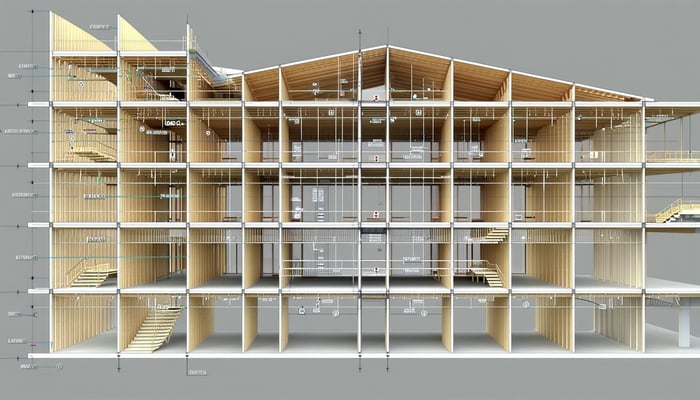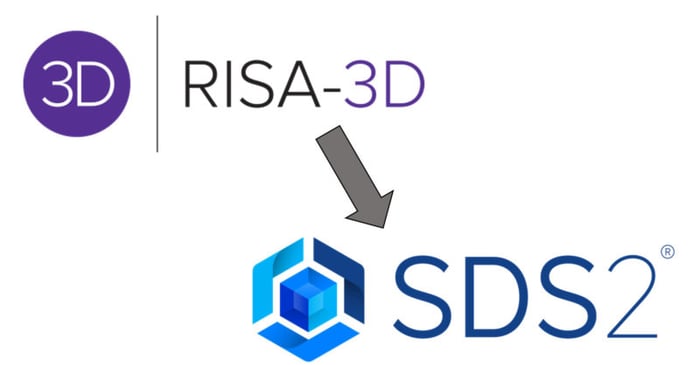
September 9, 2025
How to Use Multi-Period Response Spectrum Data for Seismic Load Generation?
With the adoption of ASCE 7-22, the concept of a multi-period response spectrum has been added to seismic design requirements. While this provides more accurate hazard representation, it also means engineers need to generate and input additional site-specific data. This quick workflow shows how to...









